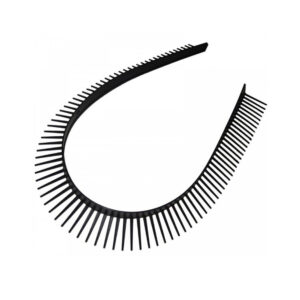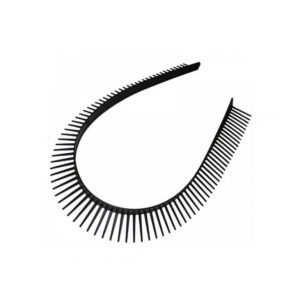Pitched roofs depend on a multi-layer approach of both tiles and felt underlay to resist rain. However, this means there is a gap at the eaves of the roof where pests can enter. Though they pose no threat to the tiles they could begin to eat away at the underlay.
To protect the gap between your tiles and your roofing felt, you can use eaves comb fillers. These are continuous bristled strips that run the whole length of your fascia that prevent anything getting into that gap. They should be fixed to the top of a felt support tray using nails. If you do not have a felt support tray, this guide explains how to fit one.
This project will require working on a ladder. If you are not comfortable working on a ladder, make sure to have this project completed by trusted professionals instead.
You will need:
- A roofing ladder
- Eaves Comb Fillers, enough for the entire length of the fascia around the house.
- Safety gloves and safety goggles
- Corrosion-resistant clout Nails
- Claw Hammer
You will need four nails for every 1m strip of Eaves Comb Filler. Make sure that they are either copper or galvanised steel. Your 1m Eaves Comb Filler strips will overlap by 10mm, so take this into account when deciding how many to buy.
Fitting the Eaves Comb Filler
Go up on the ladder at one end of the eaves and place one strip. Make sure to place it along the felt support tray, with the bristles pointing out up and towards the outside. Then drive clout nails throughout the first three of the holes. Place the next strip so the first hole on it overlaps the last hole on the previous strip and drive the clout nail through both holes. Continue this process until your strips go around the entire eaves continuously.







